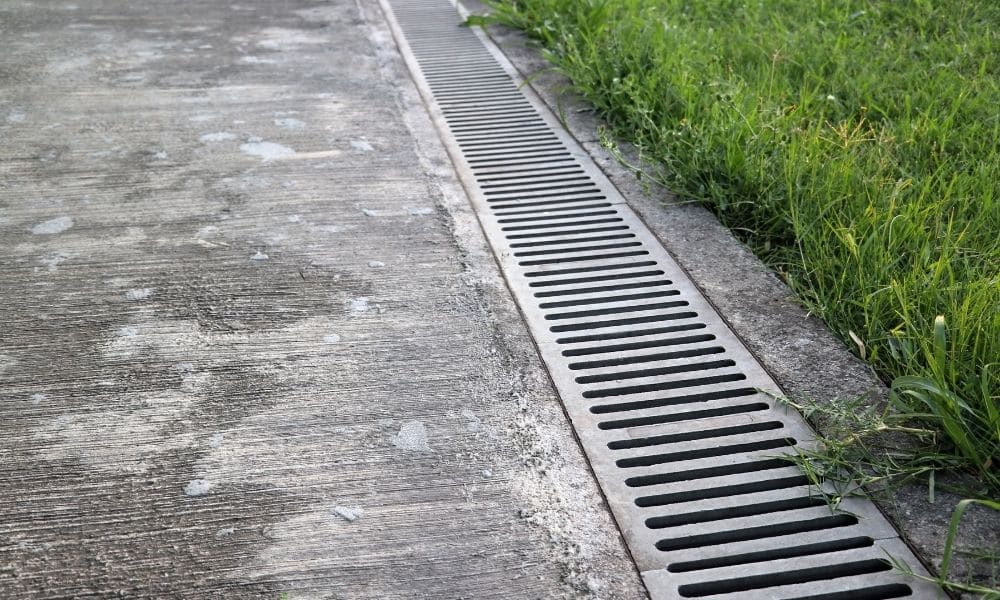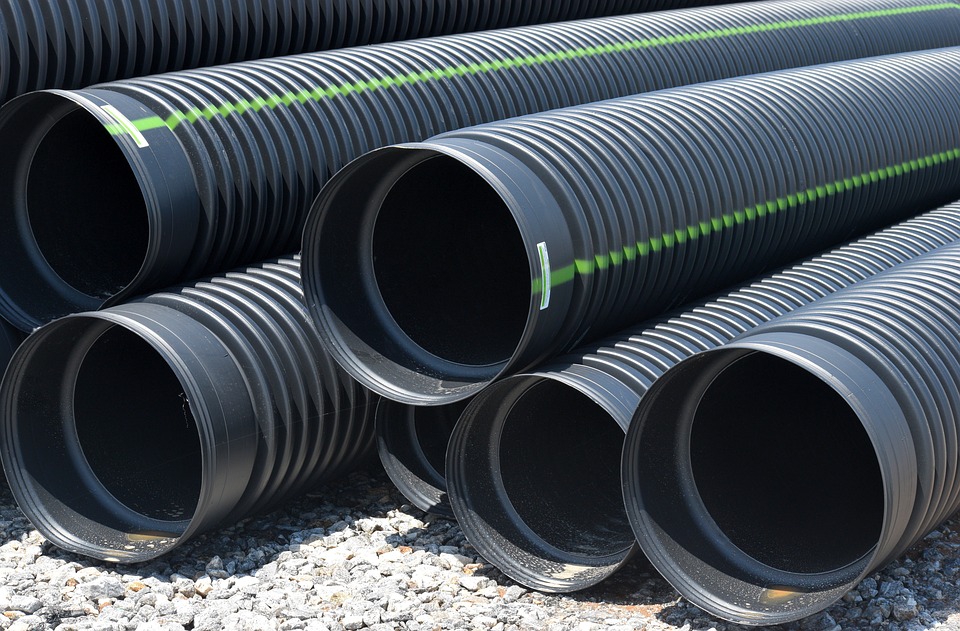A drainage system is an important part of your home that you may not think about very often. But, if you don’t have one installed or it’s not working properly, you could be in a world of trouble. In this blog post, we will discuss everything you need to know about drainage systems: why they are needed, why they are important, and what can happen to your home’s foundation if you do not install them. We’ll also provide tips on choosing the right drainage system for your needs. So, whether you’re a homeowner looking to install a drainage system for the first time or just curious about what they are and what they do, read on!
Table of Contents
What Are Artificial Drainage Systems?
Artificial drainage systems are installed by people, as opposed to being a natural feature of the landscape. They are typically used in areas where the natural drainage is inadequate for the needs of the people or businesses in that area. For example, if an area is prone to flooding, an artificial drainage system can be installed to help reduce the risk of flooding.
There are two main types of artificial drainage systems: surface and subsurface. Surface drainage systems collect water from the ground surface and transport it away from the area. This can be done through a system of gutters, downspouts, or pipes that carry the water away to a ditch or other body of water. Subsurface drainage systems collect water from beneath the ground surface and transport it away from the area. This is typically done through a system of perforated pipes that allow water to seep into them and carry it away to a ditch or other body of water.
Why Are Drainage Systems Important?
Drainage systems are important because they help to prevent flooding and erosion. When rain falls on the ground, it can cause the soil to become saturated and unable to absorb more water. This can lead to runoff, water flowing over the ground’s surface instead of soaking it. Runoff can quickly become damaging if not properly managed, as it can pick up pollutants and carry them away.
It can also cause erosion when the water wears away at the soil, causing it to become loose and unstable. Erosion can lead to serious damage to buildings and other structures and make the landscape less able to support life.
Drainage systems help to prevent these problems by collecting runoff and directing it away from the area. This helps to protect the soil from erosion and keeps pollutants from being carried away with the water. Additionally, drainage systems can help to reduce the risk of flooding by channeling water away from vulnerable areas.
Understanding The Linkup Between Drainage Systems And Foundation Problems:

One of the most important things a drainage system does is protect your home’s foundation from water damage. When rain falls on your property, it has to go somewhere. If you don’t have a proper drainage system, all that water can end up seeping into your foundation. This can cause several problems, including cracks, leaks, and total collapse.
Additionally, the water can also lead to mold and mildew growth inside your home, which can be dangerous to your health.
A properly installed drainage system will direct water away from your foundation and help to keep it safe and dry. This is why it is important to ensure that you have a good system in place if you live in an area with a lot of rainfall.
If You’re Thinking About Installing A Drainage System, There Are A Few Things To Keep In Mind:
First, you need to consider the amount of rainfall you typically get in your area. If you live in an area with light rainfall, you might not need a very extensive system. However, if you live in an area with heavy rains, you’ll need a more robust system that can handle the increased volume of water. Additionally, you’ll need to think about the layout of your property and how the water will flow off of it. This will help determine the type of system you need and where it should be installed.
You should also consider the type of soil that you have on your property. Some soils are more absorbent than others, which can impact the efficacy of your drainage system. If you’re not sure what type of soil you have, you can contact a local expert to have it tested.
Finally, you’ll need to decide what material you want your drainage system to be made out of. There are a variety of options available, including concrete, plastic, and metal. Each option has its own benefits and drawbacks, so it’s important to do some research to determine which is right for you.
What Happens If You Don’t Have A Drainage System?
If you don’t have a drainage system, or if your drainage system is not working properly, you could risk flooding and erosion. Flooding can cause extensive damage to your home and property and pose a serious health risk to you and your family. Additionally, flooding can lead to the growth of mold and mildew, which can be dangerous to your health. Erosion can also cause damage to your property and make it less able to support life. If you live in an area with a lot of rainfall, it’s important to have a good drainage system to protect your home and family.

